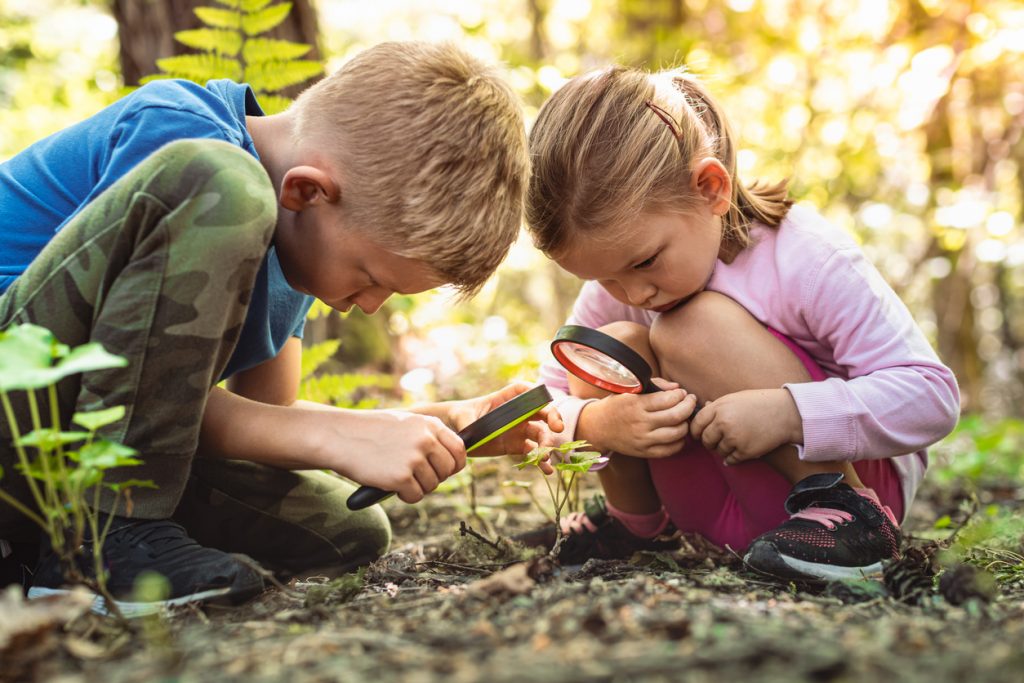
The Phosphate Story: Teaching Riverview Children About Their Community’s Mining Heritage
Creative world school Nov 19, 2025Every place has a story, and in Riverview, that story starts underground. Beneath the parks, neighborhoods, and schools is a layer of Florida history that helped shape the area into what it is today. Phosphate, a natural mineral found in Central Florida soil, fueled growth across Hillsborough County and connected this community to farming and science.
That might sound like big stuff for little kids, but it doesn’t have to be. When you tell the story in simple ways and turn it into play, kids can see how their own backyard is part of something special. A pile of sand, a bucket, and a few questions can turn history into discovery.

From Dirt to Discovery
Before Riverview was full of homes and schools, nearby areas like Lithia and Mulberry were busy mining phosphate rock. Workers dug deep into the earth to find it, and that rock was used to make fertilizer for crops all over the world. Once the rock was processed, much of it passed through Hillsborough County to Tampa Bay for shipping.
You can tell your child that people near here used to dig for “special rocks” that helped plants grow. A sandbox can turn into a pretend dig site. A toy shovel becomes a “mining tool.” It’s simple pretend play that builds science skills and imagination at the same time.
These kinds of activities help kids see that the ground beneath their feet holds stories too. Every scoop, pile, and rock they uncover connects to real history in their community.
Exploring the Ground Beneath Our Feet
If your child loves to collect rocks, they’re already halfway to being a little geologist. Riverview’s parks are great places to explore how soil and rocks change from spot to spot.
Next time you’re at Bell Creek Nature Preserve, invite your child to look closely at the ground. Notice how the dirt near the water feels smooth, while the soil near the trees feels rough. Compare a shiny pebble to one that looks dull. Ask what they see and what they think happened to make the ground look that way.
You can even bring a few rocks home and sort them by color or size. Pour water over them and see what happens. Books like A Rock Is Lively by Dianna Hutts Aston pair perfectly with these activities, helping your child see how every rock tells a story.

A Local Story to Share
The phosphate story isn’t just about the ground. It’s about the people who worked here. For generations, families in Hillsborough County supported farming through this important industry. Processing plants, including the one still operating in Riverview, became part of that story, helping turn mined rock into products farmers could use.
If you visit the Alafia River, tell your child that this waterway once helped move phosphate on its way to Tampa Bay. Toss a pebble into the river and say, “This river helped people move rocks that helped plants grow.” Simple, true, and easy to picture.
These small conversations make history feel real. They help children understand that their community didn’t just appear one day. It was built by people who worked with the land, and that builds pride in where they live.
Teaching Kids to Care for the Earth
Mining changed parts of Central Florida’s land, but it also taught the community how to care for it. Many areas that were once mined have been restored into parks, lakes, and nature preserves. Those green spaces are reminders that the land can recover when people work to protect it.
That’s an easy lesson to share with young kids. When you pick up litter or plant something together, tell your child, “We’re helping the earth grow again.” Activities like sorting leaves, watching birds, or watering plants help children see that small actions matter.
Books like The Earth Book by Todd Parr are fun ways to keep the conversation going. They show that taking care of the planet isn’t just important—it’s something even the smallest hands can do.

Turning Learning into Play
Preschoolers learn best when they can move, build, and pretend. The phosphate story can inspire all sorts of creative play at home.
Set up a “dig site” in a sensory bin filled with sand, small rocks, and toy tools. Hide a few shiny pebbles for your child to uncover. When they find one, ask what it could be used for or where it might have come from.
Try making a simple craft that shows “layers of the earth.” Use different colors of paper or sand to make soil, rock, and phosphate layers, then glue a blue “river” across the top. It’s a fun way to connect science and art while giving kids something to show off later.
You can also visit parks that sit on reclaimed land and talk about how nature grows back. A walk through those green spaces is the best way to show how people and the earth can work together to make things new again.
Learning and Discovery at Creative World School Riverview
At Creative World School at Riverview, local stories like this one help kids learn about the world around them. When children explore real places, natural materials, and community history, their curiosity blooms. Our classrooms are designed for hands-on discovery. Kids dig, sort, test, and play while learning how things work. Each activity connects back to the big idea that there’s always something new to uncover.
If you’d like to see how our Exploratorium™ brings science and creativity together, come visit us. You’ll see how Riverview’s youngest learners turn curiosity into confidence every single day.

